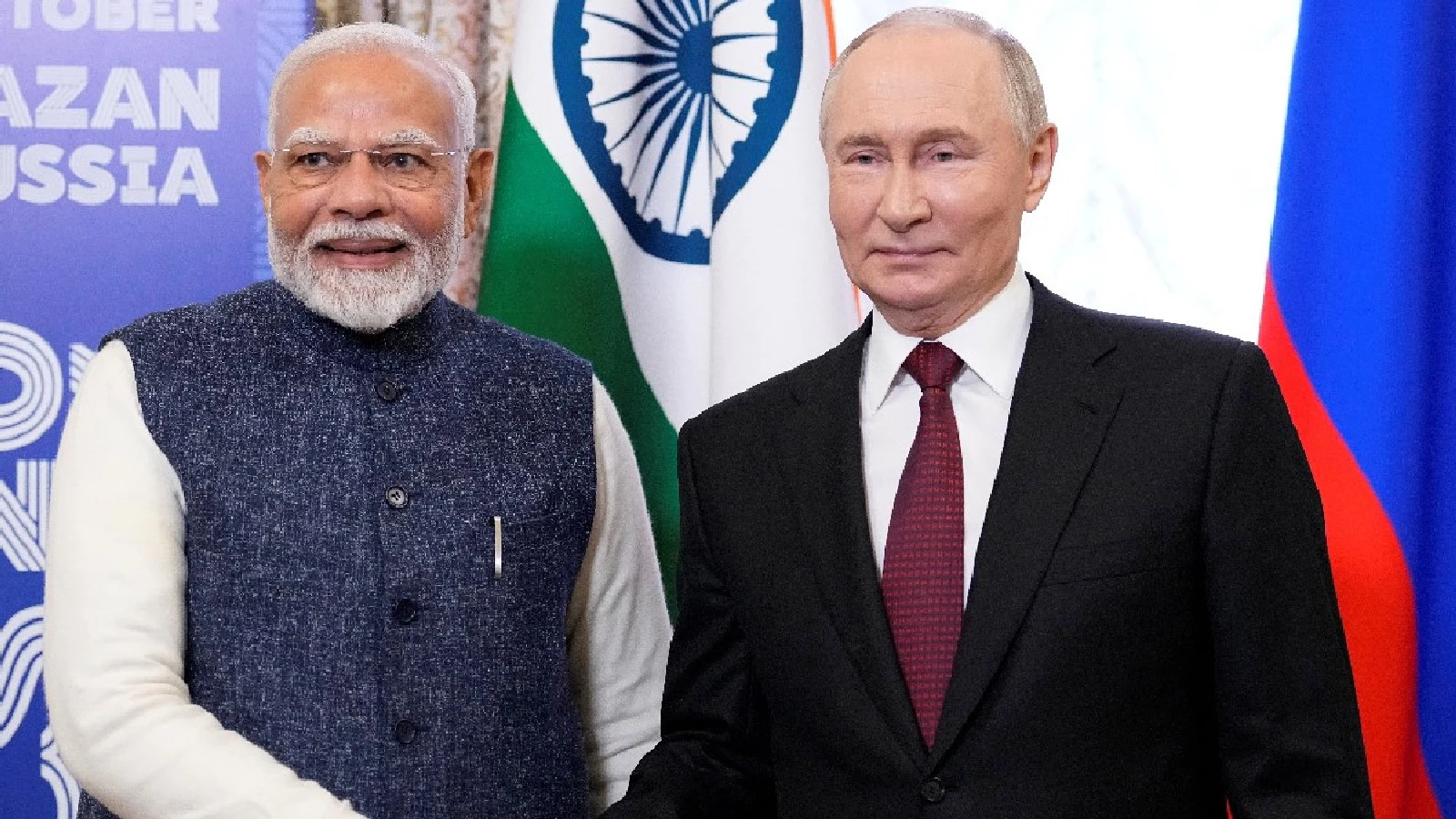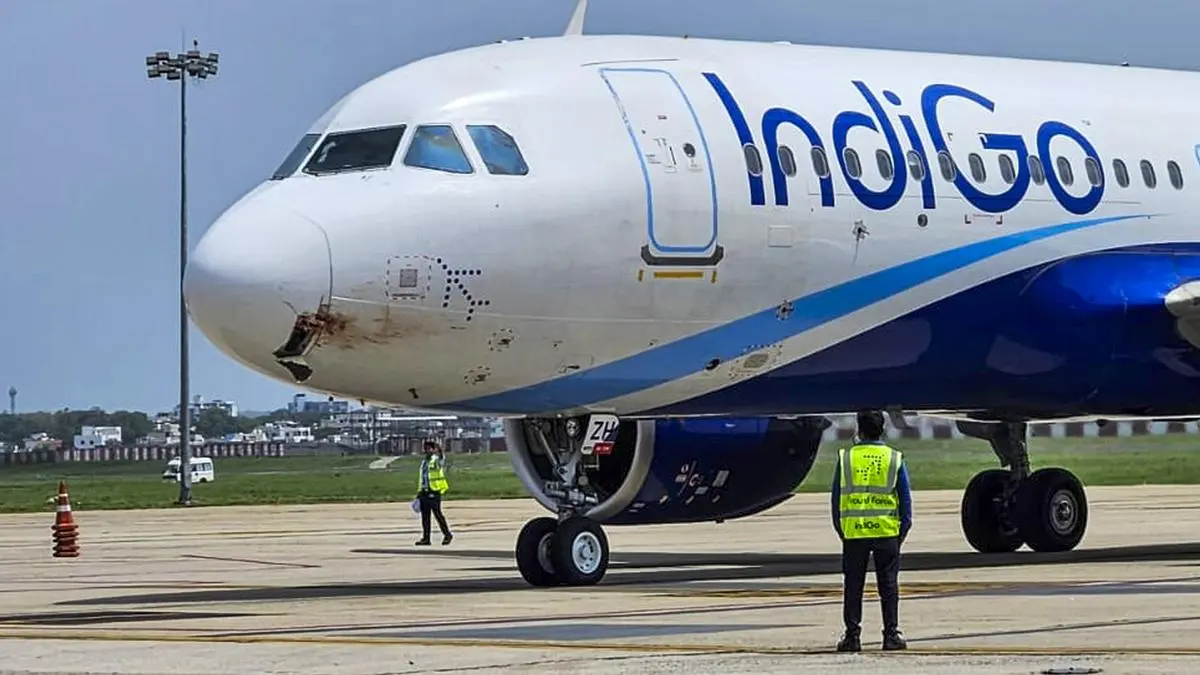Finepoint | Russia Is Key Partner In Modi’s Calculus: India’s Arctic Entry, Russia’s Nuclear Edge
By News18,Shubhangi Sharma
Copyright news18

Despite the shifting tides of global power in this century, the partnership endures as one of India’s most reliable ones. In fact, the story of India’s strategic autonomy is incomplete without Russia. Through crises and churn, the partnership has adapted rather than faded. In 2025, although Russia is no longer the Soviet Union and great-power dynamics have often pulled the two apart, Moscow still occupies an important place in New Delhi’s strategic planning.
There’s cooperation in defence, nuclear energy, hydrocarbons, diplomacy, connectivity projects, and emerging trade routes such as the Northern Sea Route. Today, the relationship has evolved — India and Russia are no longer in a hierarchical equation but deal as equals, and see each other as partners in the geopolitics of the future.
Beyond Headlines: Nuclear Energy Link
At a time when Russian oil and Su-57s grab most of the headlines coming out of this relationship, one key area that continues to power this relationship is the nuclear energy link. We’ve all heard of the Kudankulam power plant built in collaboration with Russia in India. But this is just the beginning. With Moscow having just hosted the World Atomic Week, it is worth putting into context some of the incredible new things that India and Russia are doing together.
In Russia, nuclear energy continues to unlock new doors to sustainability and economic progress, while its premier nuclear agency Rosatom is emerging as a global leader in cutting-edge technology like small modular reactors and even additive technologies — 3D printing with metal alloys at an industrial scale.
Innovation In Additive Technologies
The most notable takeaway from Russia’s prime additive tech facility was one of its top official’s claim: ‘We can print everything, just not money. That’s for the central bank’. Additive tech is futuristic stuff – it’s expensive but crucial for strategic industries where machine components get more and more complex, and so does the human expertise along with it. Not only does it cut production time, but it enhances accuracy. For nuclear, space, shipbuilding, strategic machine-building and other industries – this is a game-changer. Rosatom is responsible for the federal and global expansion of these operations. Now, not only is India interested in this tech but the two countries are planning a centre for 3D printers in India, while Russia even plans to eventually go the Make in India way. The bottom line is, Russia is not just claiming to be a leader in additive tech, but it is also putting its best foot forward with competitive terms and pricing.
An Indian company has signed a 1.5-billion-rouble contract with Rosatom to buy its 3D printers. While at the facility in Moscow, this writer saw a bunch of test components built for India for space research. These were printed with nickel alloy. Then there were marine propellers sprayed into existence by a 3D printer. How cool is that? But that’s just one area.
The Northern Sea Route: A New Frontier
One of the most prominent frontiers boosting India and Russia’s partnership is the door to the Northern Sea Route — one of the final geopolitical frontiers of our planet, thawing within our lifetimes, unlocking not just a trade frontier, but a treasure trove of oil, gas and other minerals.
This is a route along the Arctic that connects the Atlantic and Pacific Oceans, shortens distance between Asia and Europe by almost two weeks in comparison to the Suez Canal route. It has fewer chokepoints and is controlled primarily by Russia. Russia is miles ahead of other Arctic nations when it comes to icebreakers. Around 40 icebreakers with eight powered by nuclear energy. This fleet is literally cutting through Arctic ice sheets to ensure the route remains open most of the year and it is facilitating millions of tonnes of cargo, more than 37 million tonnes in 2024 — a number that keeps growing every year. This is trade bypassing warmer sea routes and chokepoints like the Gibraltar Strait, the Suez Canal and the Bab al Mandab Strait, all subject to geopolitical caveats and sometimes technical challenges.
Small Modular Reactors: Cutting-Edge Collaboration
Add to this, the small modular reactor, a cutting-edge breakthrough in nuclear energy production – and where Russia has expertise, building some of the world’s first such reactors. It already has a floating nuclear power plant called the ‘Akademik Lomonosov’, with two small modular reactors (or SMRs), which has been in commercial operation since 2020 in Pevek. And its first land-based SMR is coming up in Yakutia. Why this matters is because India too is interested in building such small modular reactors and has expressed special interest in the floating nuclear power plants or FNPPs to cater to coastal areas and its remote geographies like Lakshadweep and the Andaman and Nicobar Islands. This is where connectivity, nuclear energy and additive tech – all come together to boost nuclear energy ties. Nuclear-powered icebreakers are traversing the Arctic to keep the lanes open for longer periods of the year, while small modular reactor tech is promising to replace coal and power up Arctic towns. In Siberian Pevek, Russian officials say the snow was dark in shade because of coal power generation, but since they went nuclear with a floating nuclear power plant on their shores, the snow went back to white.
A Partnership For The Future
The dynamics have shifted: India is a key customer and partner, chooses Russian inputs where they are cost-effective and strategically valuable, while Russia treats India as a major non-Western market and a pivotal voice in BRICS, SCO, and the Global South. This is evident at every meeting between PM Modi and President Putin, as the two leaders make sure to discuss things like the Northern Sea Route, to bring together interests in a new realm. Russia actively courts India as an Arctic partner, holding the door open for India’s Arctic entry. But India is more than just a customer, it’s a builder and it’s ready to build now. In fact, India is in talks to build non-nuclear icebreakers with Russia.
The relationship is, therefore, not just about affinity, but also about a bundle of interests that fit just right. India and Russia are partnering not just for the present but for the future. And nuclear energy cooperation and everything around it are forming a strong foundation for this relationship.



